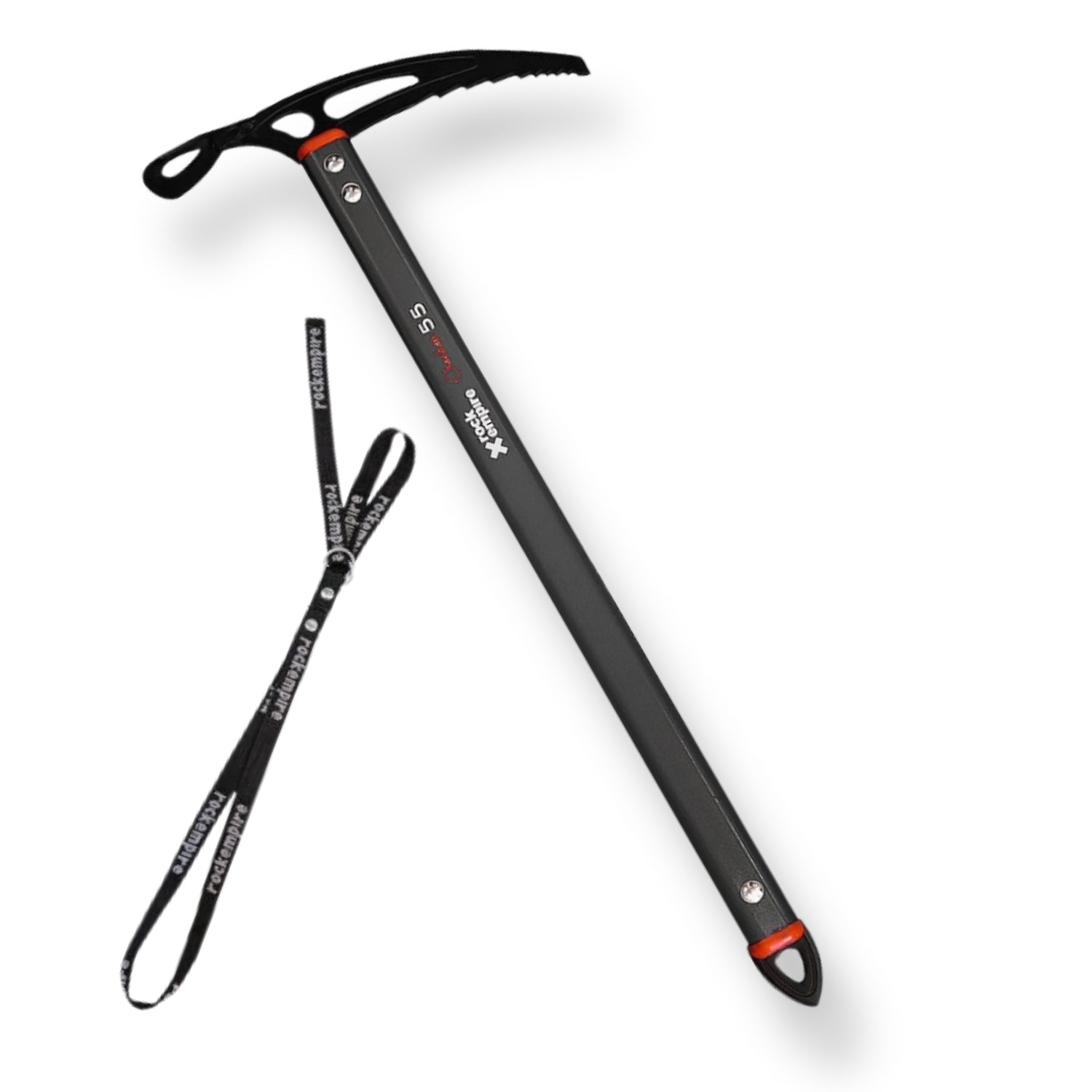Like Montanejos, Chulilla is another extensive and historic Spanish climbing school which has become less popular with British climbers in recent years. Once a priority destination along with El Chorro and the Costa Blanca the kilometers of equipped walls are now relatively quite. The situation has not been helped by the temporary closure of the refugio and campsite which don’t appear to have any definite date for re-opening. On the up side you will have in excess of 460 routes from 4b to 8b more or less to yourself. The rock architecture is astounding and the village, fascinating. Top right: Sector La Nevera
The Climbing
Most of the climbing sectors are clustered around the village of Chulilla itself. On first impressions the topography is confusing. The castle is perched on top of a high promontory which forces the river into a wide meander to the west. The village itself is perched on a saddle behind the castle. The cliffs wrapping around the promontory below the castle are approached from either end of the village by an excellent orbital path system. Finding the start of the paths at either end of the complex village streets is tricky but fun. If you just follow you nose you’ll more than likely get it right but there are some painted footpath stripes which point the way. The Peñeta, Tio José and La Nevera sectors offer a wide range of routes up to 3 pitches long. Usefully the cliffs wrap around an a huge curve which means you can easily move around to suit temperature and sun direction.

Right: Sector Competición At the north end of the village the sectors of Los Perros and Ceguera are easily accessible by descending from a large car park. The right hand section of Ceguera has a reasonable selection of easier, if polished, routes. Sector Competición has some of the best looking lines in the area with undercut bases and tiered overlaps. The majority of routes are 6c and above with lots to do between 7a and 7b. There are crags a few miles down the valley near the hydro station if you want a change from the village itself.
The Guidebook
The guide is basic but adequate. It’s not currently available in the UK and can be bought from the ‘Kiosk’ shop in the main square at Chulilla. Apparently there is a new guide in progress but I’m guessing that this might be some way off publication.

Right: Sector Moraton
Getting There
Chulilla is less than an hour’s drive north of Valencia. A visit can easily be combined with a trip to Montanejos or Costa Blanca.
Food and Beer
A selection of small shops in the village sell everything you might need. There are at least 3 bar/restaurants in the square and others a short way down the road.
Where to Stay
Slightly tricky at the moment. There are no obvious camping options but you could probably bivi in the big cave under Sector La Nevera. This was very clean and tidy when we were there so if you choose this option be sure not leave any rubbish lying about. For those looking for a little more comfort I can highly recommend La Casa Serena. This is a small country guest house run by Richard and Peter. The rooms are very clean and comfortable and the breakfasts are amazing. When we were there (Oct 2010) B&B was €25/ per person night.
 Right: Sector Competición At the north end of the village the sectors of Los Perros and Ceguera are easily accessible by descending from a large car park. The right hand section of Ceguera has a reasonable selection of easier, if polished, routes. Sector Competición has some of the best looking lines in the area with undercut bases and tiered overlaps. The majority of routes are 6c and above with lots to do between 7a and 7b. There are crags a few miles down the valley near the hydro station if you want a change from the village itself.
Right: Sector Competición At the north end of the village the sectors of Los Perros and Ceguera are easily accessible by descending from a large car park. The right hand section of Ceguera has a reasonable selection of easier, if polished, routes. Sector Competición has some of the best looking lines in the area with undercut bases and tiered overlaps. The majority of routes are 6c and above with lots to do between 7a and 7b. There are crags a few miles down the valley near the hydro station if you want a change from the village itself.
 Right: Sector Moraton
Right: Sector Moraton















